Seochon Chingune (서촌친구네)
14.6Km 2021-03-18
32, Jahamun-ro 1-gil, Jongno-gu, Seoul
+82-2-720-4763
A Seafood specialty restaurant located in Jongno-gu, Seoul. A restaurant serving a variety of seafood dishes. The most famous menu is steamed clams.
Tosokchon Samgyetang (토속촌삼계탕)
14.6Km 2021-03-24
5, Jahamun-ro 5-gil, Jongno-gu, Seoul
+82-2-737-7444
Located near Gyeongbokgung Station, the restaurant was also frequented by late President Roh Moo-hyun. It produces their ingredients like Tojongdak (Korean chicken), 4-years ginseng, chest nut, jujube, garlics, ginger, adlay, perilla seeds, pumpkin seeds, sunflower seed, nuts, pine nut, black sesame, and etc.
Even though one has to wait to enter during lunch time, do not worry about long wait as the restaurant is spacious. Besides Samgyetang (ginseng chicken soup), it serves Ogol-samgyetang, otdak, pajeon (green onion pancake), Rotisserie chicken, and other menus.
Won Gopchang (원곱창)
14.6Km 2021-03-20
105, Sajik-ro, Jongno-gu, Seoul
+82-2-722-2934
A place that sells grilled intestines loved by Koreans. The best menu at this restaurant is grilled beef reed tripe/grilled pork intestine. This Korean dishes restaurant is located in Jongno-gu, Seoul.
Sojeongdam (소정담)
14.6Km 2021-03-25
16, Dangsan-ro, 40-gil, Yeongdeungpo-gu, Seoul
+82-2-2675-0305
It is a place where you can enjoy various types of gimbap. This Korean dishes restaurant is located in Yeongdeungpo-gu, Seoul. The most famous menu is gimbap.
Chebudong Janchijip Dwaejigalbi (체부동잔치집돼지갈비)
14.6Km 2021-03-18
24, Jahamun-ro, 1-gil, Jongno-gu, Seoul
+82-2-722-3555
This is a Korean cuisine located in Jongno-gu, Seoul. The best menu at this restaurant is marinated grilled spareribs. A Korean BBQ restaurant.
2CAFE (2카페)
14.6Km 2021-03-25
5, Dangsan-ro, 36-gil, Yeongdeungpo-gu, Seoul
+82-2-2671-2044
It is a place where you can enjoy various types of coffee. The best menu at this restaurant is americano. This cafe is located in Yeongdeungpo-gu, Seoul.
Calle de la Gastronomía de la Aldea Sejong (세종마을 음식문화거리)
14.6Km 2025-05-27
Chebu-dong 194-2, Jongno-gu, Seúl
Songbaek Sikdang (송백식당)
14.6Km 2021-03-25
15, Dangsan-ro, 38-gil, Yeongdeungpo-gu, Seoul
+82-2-2632-5080
It is a stew dish made by boiling various vegetables together with Beef Brisket and soybean paste. This Korean dishes restaurant is located in Yeongdeungpo-gu, Seoul. The most famous menu is codfish stew.
Myeongseong (명성)
14.6Km 2021-03-25
7-2, Dangsan-ro, 36-gil, Yeongdeungpo-gu, Seoul
+82-2-2634-6162
A place where you can enjoy various Chinese dishes. This restaurant's signature menu is spicy seafood noodle soup. This Chinese (cuisine) restaurant is located in Yeongdeungpo-gu, Seoul.
Lotte Premium Outlets (Sucursal de Paju) (롯데 파주 프리미엄아울렛)
14.6Km 2024-02-20
Hoedong-gil 390, Paju-si, Gyeonggi-do
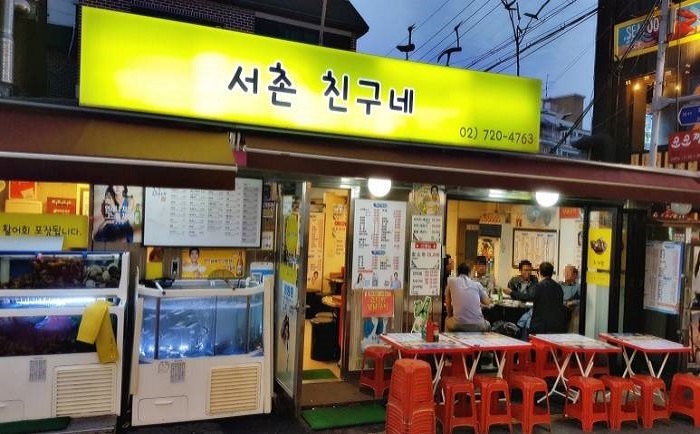
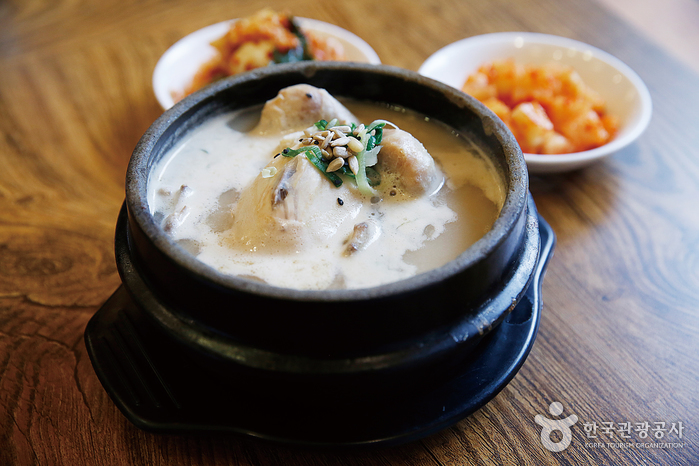

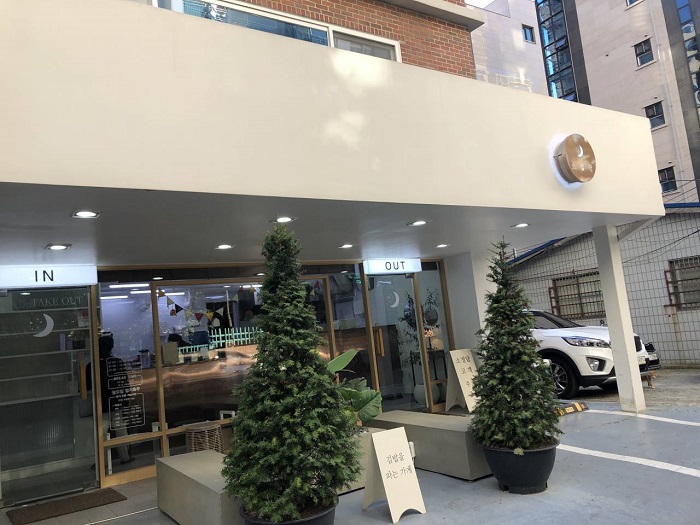
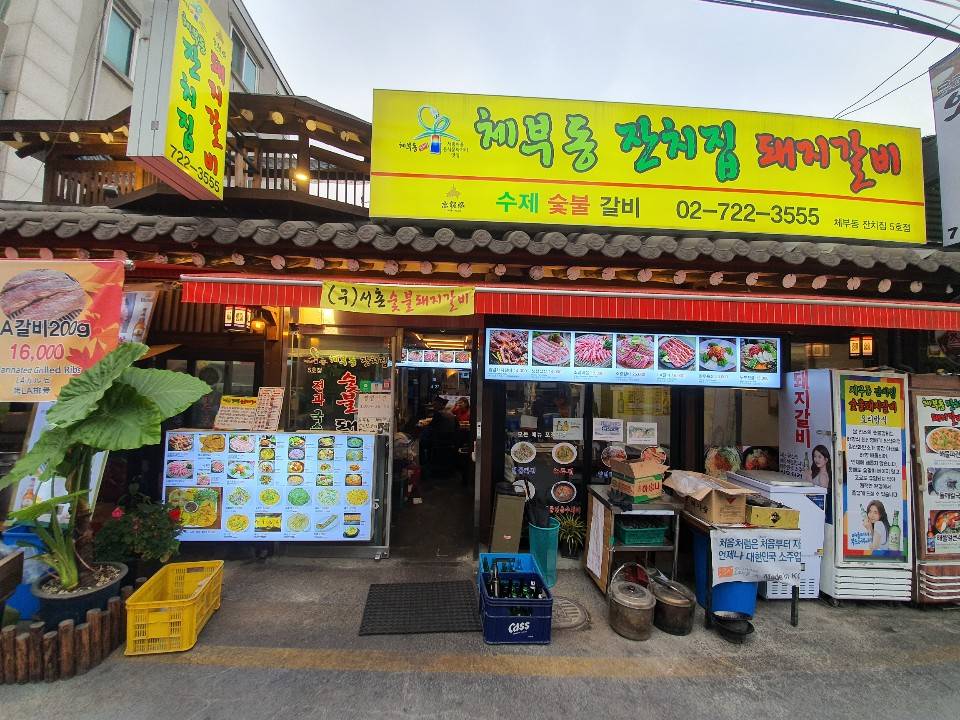
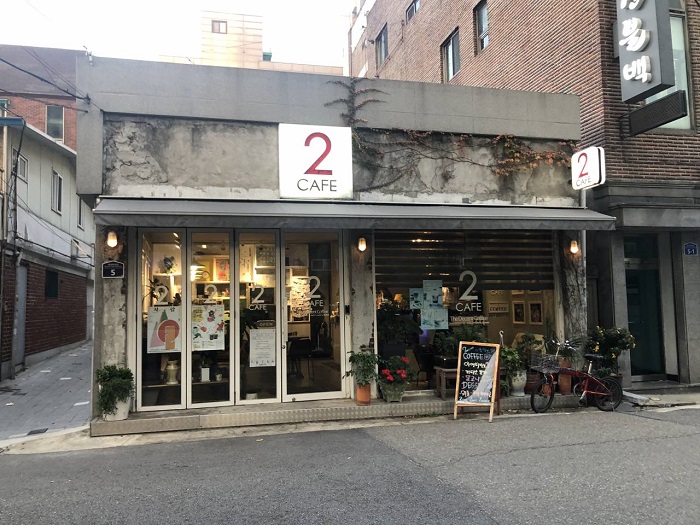

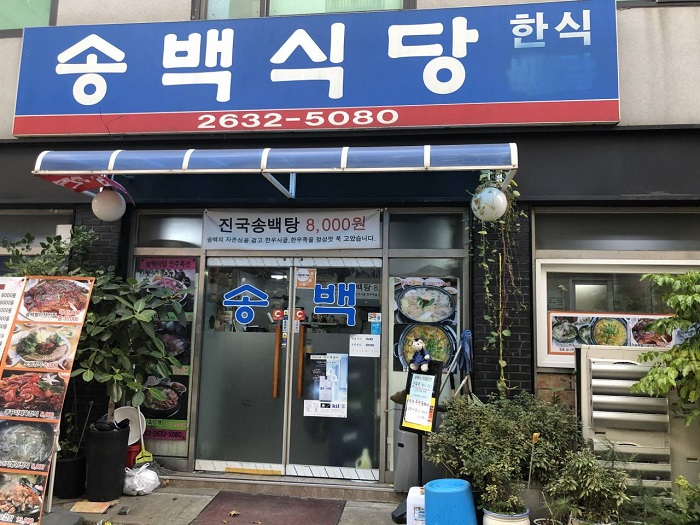
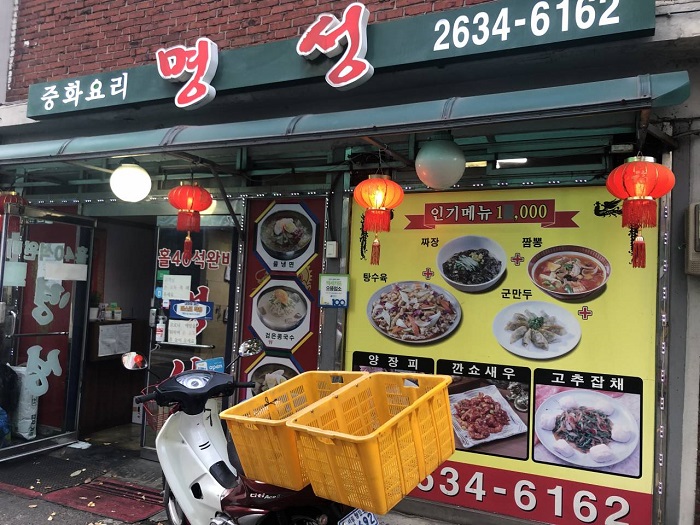
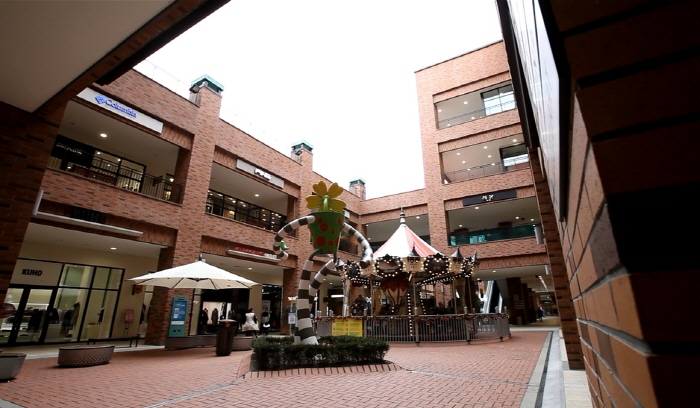
 Español
Español
 한국어
한국어 English
English 日本語
日本語 中文(简体)
中文(简体) Deutsch
Deutsch Français
Français Русский
Русский